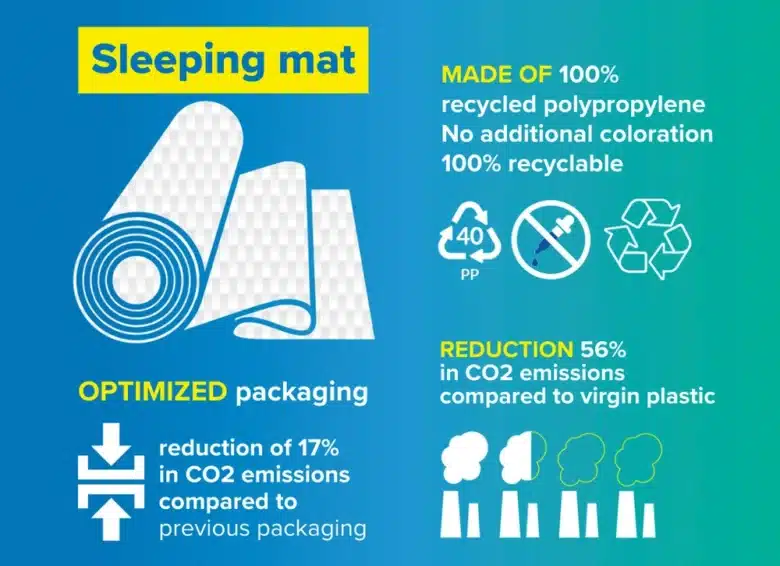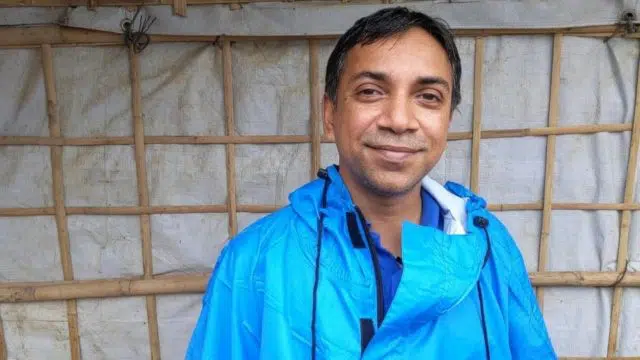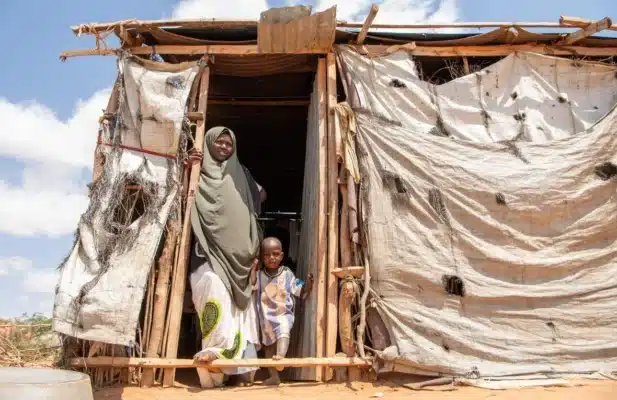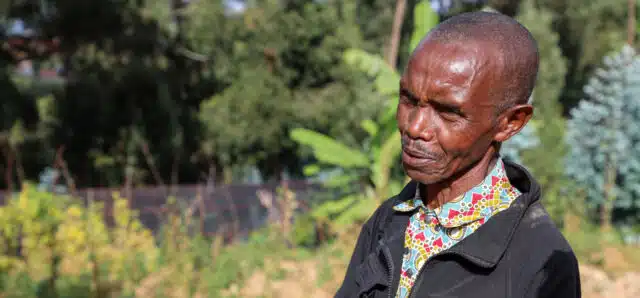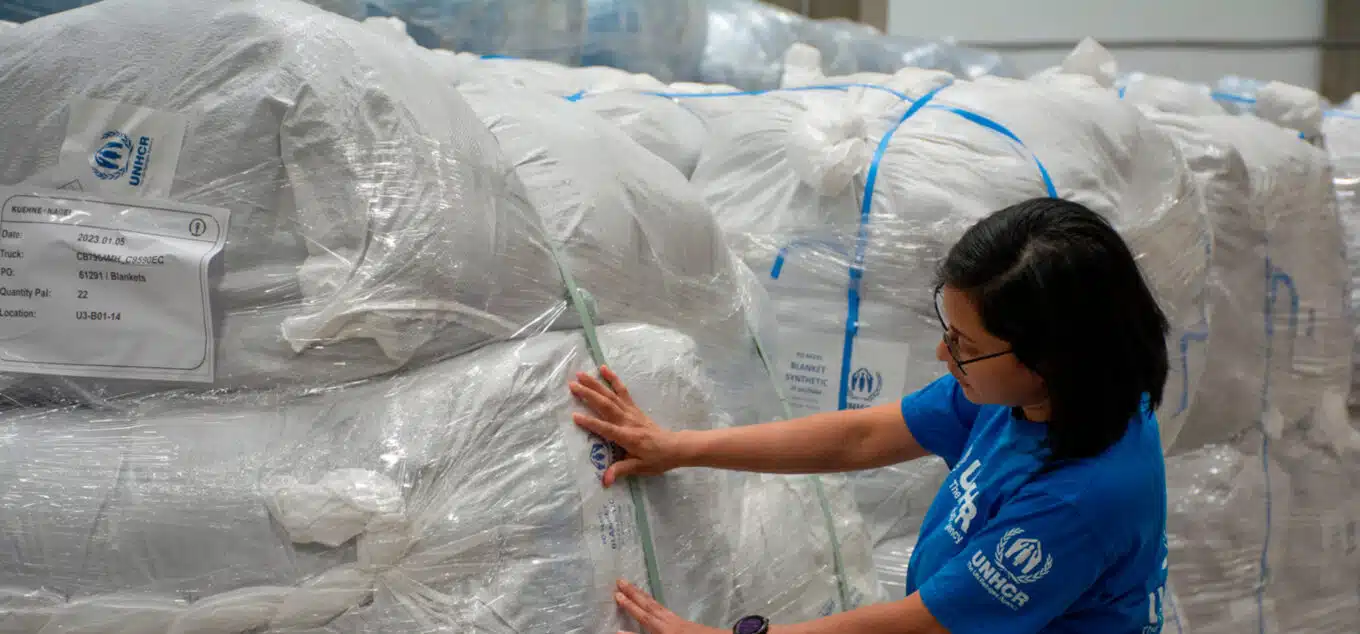
Sustainable Supply Officer Tzitzi Caldera Fonseca at a UNHCR warehouse in Ullo, Hungary. © UNHCR/Timea Vanka
From redesigning the relief items we distribute to minimizing the waste they generate, UNHCR is working to reduce the environmental impacts of its humanitarian assistance
By Kristy Siegfried
After fleeing their homes, refugees rely on UNHCR, the UN Refugee Agency, to provide them with life-saving aid such as blankets, tents and cooking kits. But manufacturing, packaging, transporting and distributing those items comes at a cost in terms of greenhouse gas emissions. They represent an estimated 60 per cent of the agency’s total carbon emissions, with 10 items in particular accounting for a high proportion of the total.
As the climate crisis makes life even more precarious for those forced to flee, we are changing the way we provide protection and deliver assistance. This includes a commitment to reduce the carbon footprint from our relief items by 20 per cent by 2025. To achieve this, we are finding ways to make our entire supply chain more sustainable while also supporting local economies and creating opportunities for refugees and their host communities. Here’s how:
1. Redesigning emergency relief items
According to Ben Safari, head of UNHCR’s Supply Management Service, this process involves considering an item’s entire life cycle, from the raw materials used to make it, to how it will be manufactured, stored, transported, and recycled or disposed of. So far, six items – blankets, sleeping mats, jerrycans, buckets, solar lamps and kitchen sets – have been redesigned. The biggest change has been replacing the use of virgin plastics with recycled materials.
Our new thermal blankets, for example, are made from 100 per cent recycled plastic. They are also more compressible than the old blankets, meaning that storing, packaging, and transporting them generates fewer C02 emissions. Other items, such as tarpaulins and tents, are currently undergoing a similar re-design process. As well as reducing emissions, these changes have also reduced costs meaning that we can provide more support to displaced people.
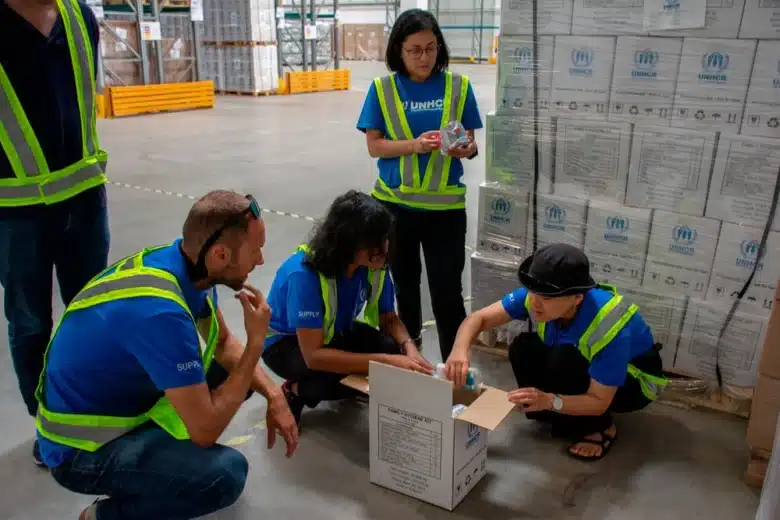
Members of the supply team inspect the contents of a family hygiene kit. © UNHCR/Timea Vanka
2. Using more sustainable packaging
We are reducing the amount of packaging wherever possible and replacing single-use plastics with biodegradable materials. Instead of putting cooking sets in plastic bags, for example, we are separating and protecting them with brown paper. Other items are packaged in containers that can be used for other purposes. The white cardboard used for boxes has been replaced with natural-coloured cardboard. Even the blue ink used to print the UNHCR logo on boxes has been replaced with brown and black ink, a small change that has significantly reduced emissions and costs, according to Safari.
We are also considering how we transport items. Air lifts have traditionally been used when we are responding to an emergency, but they are highly polluting and expensive. We are trying to reduce their use by creating more regional storage facilities and better capacity to move items by land and by sea.
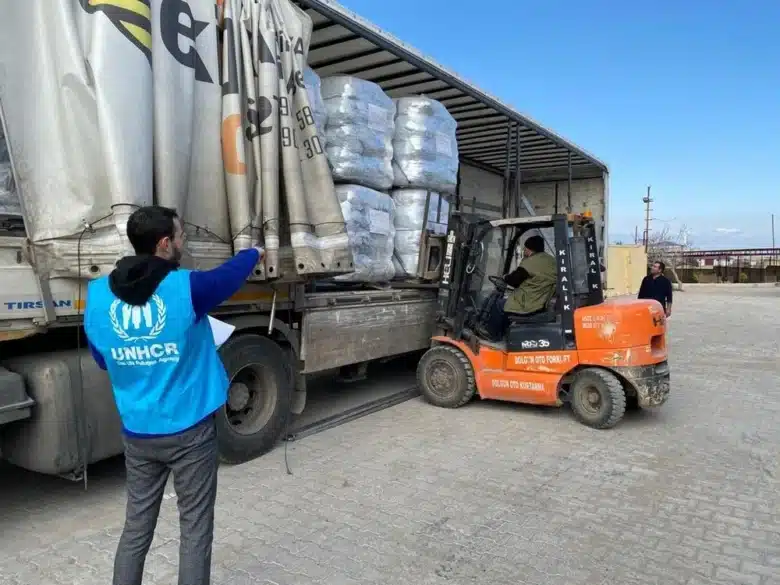
Relief items for northwest Syria are transported in the wake of February’s deadly earthquakes. © UNHCR/Tugba Mater
3. Working with suppliers
UNHCR already buys between 50 and 60 per cent of its goods from local suppliers1 in order to limit emissions from international transportation and support local economies. The challenge now, says Safari, is to work with those suppliers to ensure that the products we buy from them are being made locally and sustainably. Considerations such as the use of recycled materials and renewable energy sources now form part of our global criteria for selecting and evaluating suppliers.
“We are changing the way we do business,” says Safari, adding that work is also underway to calculate CO2 emissions for each relief item we distribute so we can accurately measure the reductions we and suppliers are making and establish a baseline for UNHCR and other humanitarian organizations.
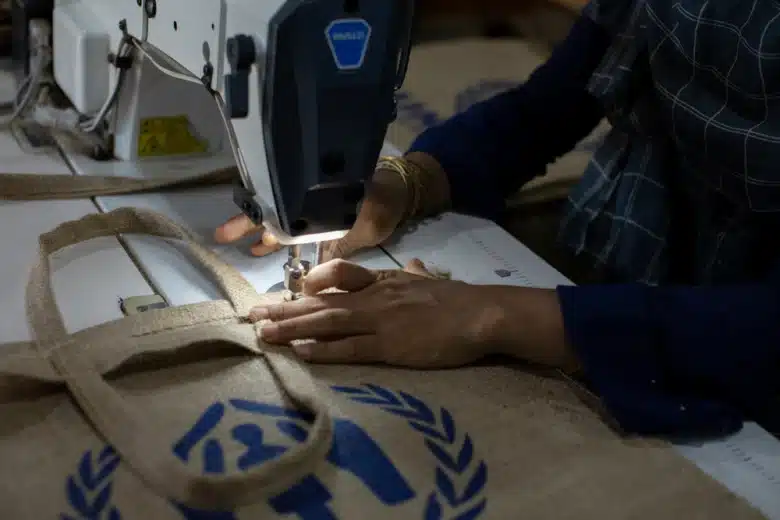
A Rohingya refugee sews a UNHCR bag at the jute production centre in Kutupalong camp in Bangladesh. © UNHCR/Kamrul Hasan
4. Reducing waste
Minimizing and managing waste generated by relief items involves collaborating with suppliers, staff, other humanitarian agencies and refugees themselves. Many refugees are already involved in efforts to recycle, repair and repurpose these items and a survey is underway to better understand what refugees do with objects like solar lanterns and tents after they break or become unusable. Safari believes there are more opportunities for refugees and members of host communities to create small, recycling plants and repair shops in settlements and surrounding areas.
Meanwhile, part of the ongoing redesign efforts includes making items more durable or easily repairable so they will last longer. Items will also be labelled with a QR code that provides information on what they are made of and how they can be recycled.
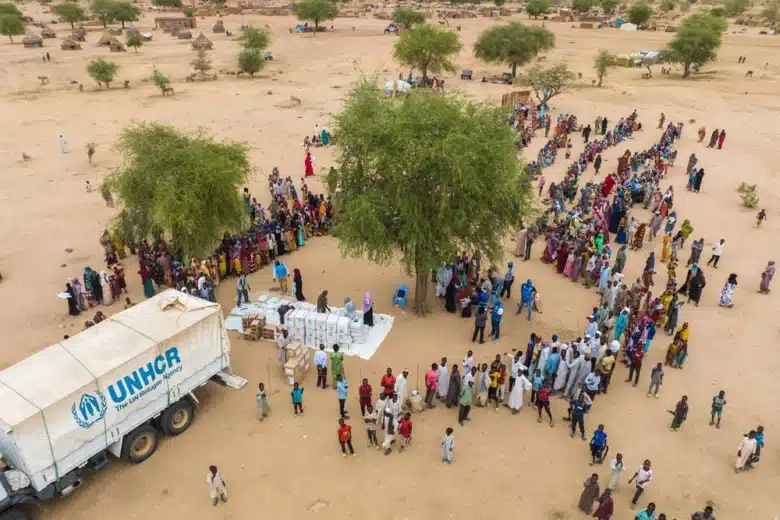
Relief items are distributed to newly arrived Sudanese refugees at a site in Chad’s Ouaddaï region. © UNHCR/Colin Delfosse
5. Collaboration
UNHCR’s supply chain forms part of a much wider humanitarian aid system. This means work to reduce our environmental impact cannot take place in isolation. We are collaborating with other UN agencies and NGOs so we can achieve consensus on the best approaches and establish industry standards.
We are well on our way to achieving the goal of reducing our supply chain-related CO2 emissions by 2025 and aim to update that target to a 30 per cent reduction by 2030.
How have we reduced the environmental footprint of our relief items?
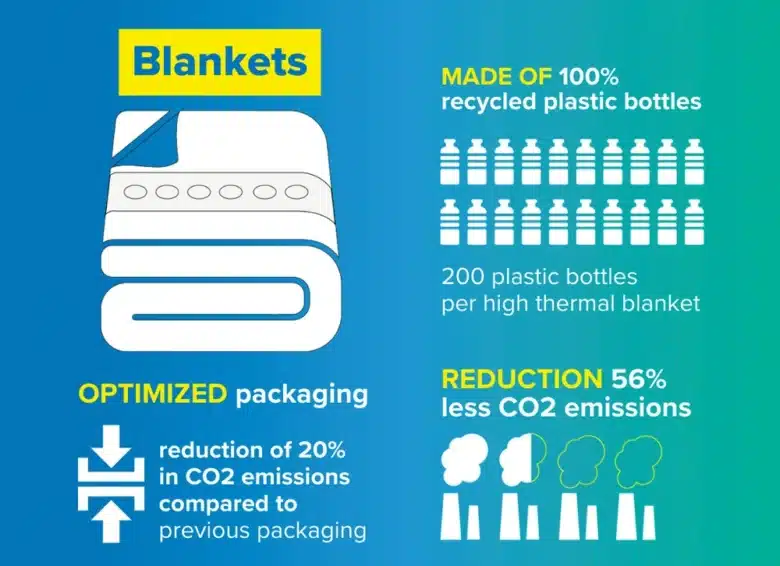
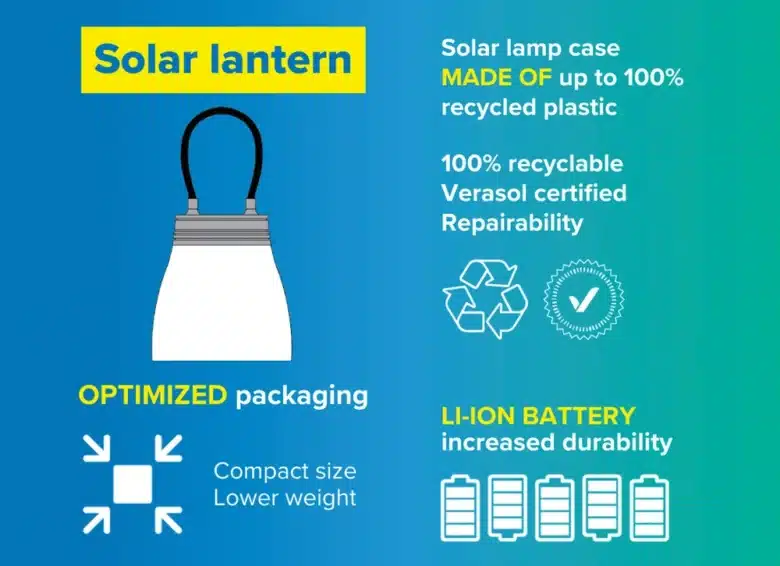
Originally published by UNHCR on 13 September 2023.



